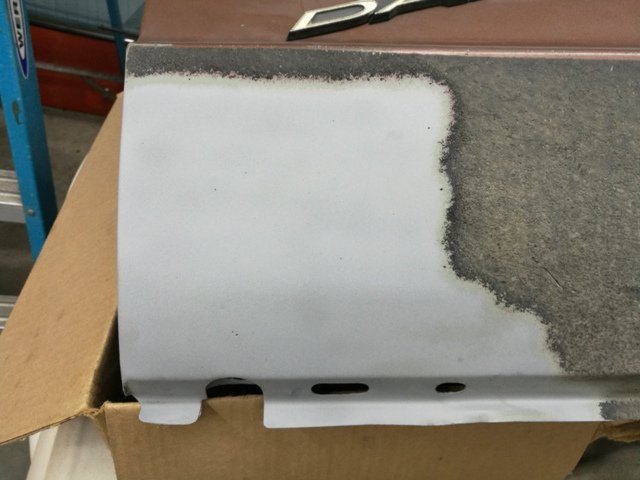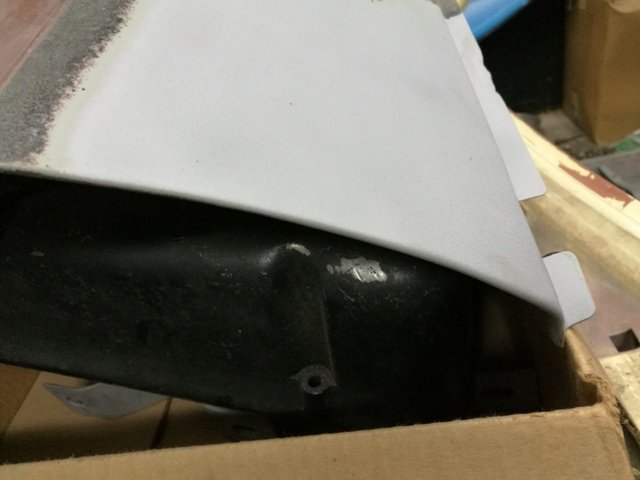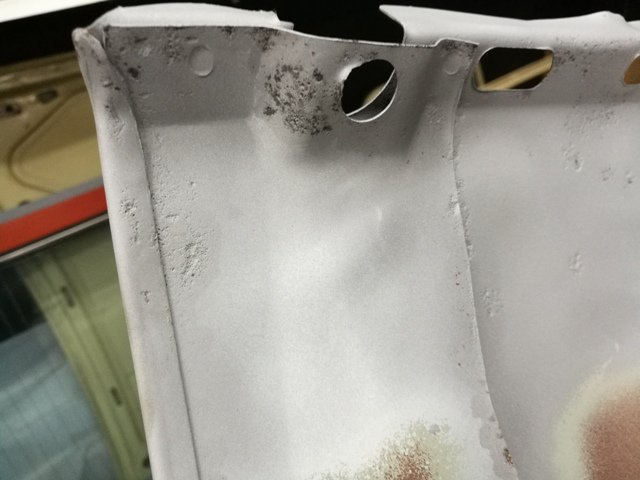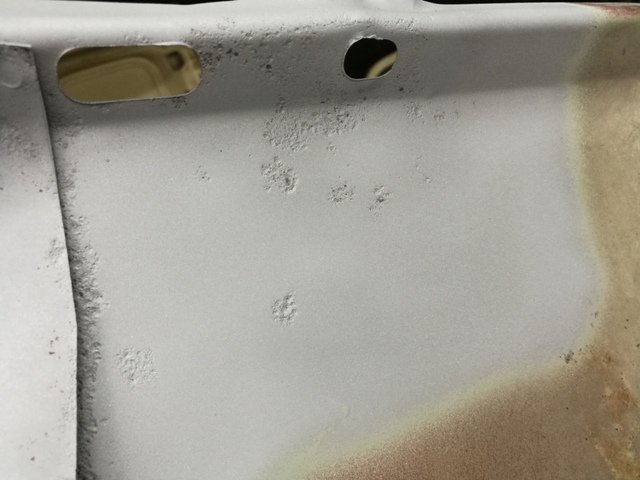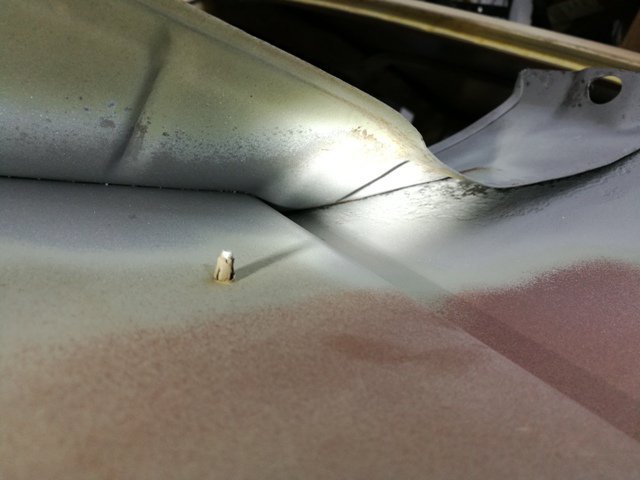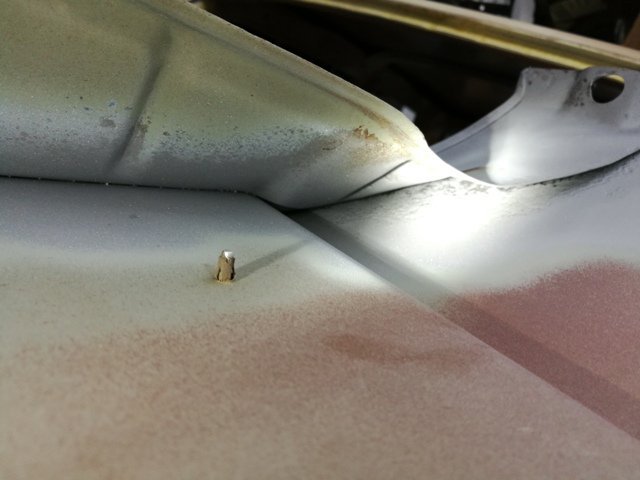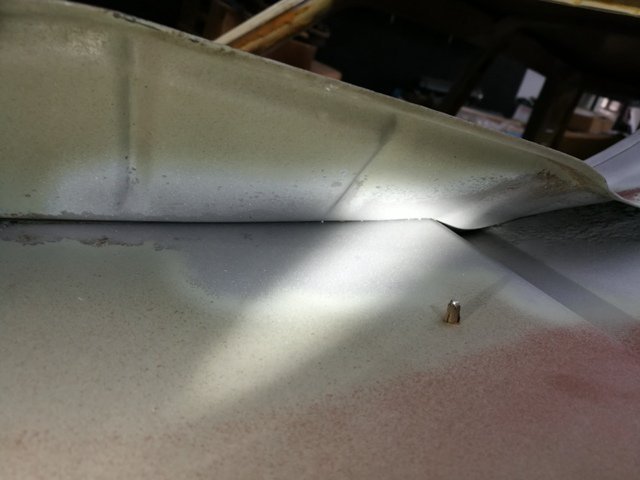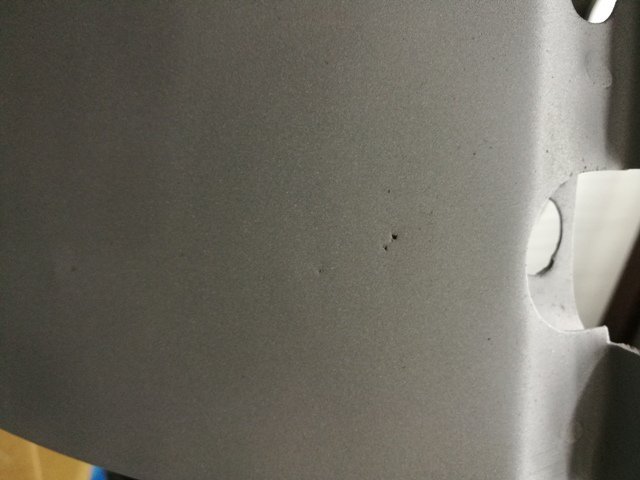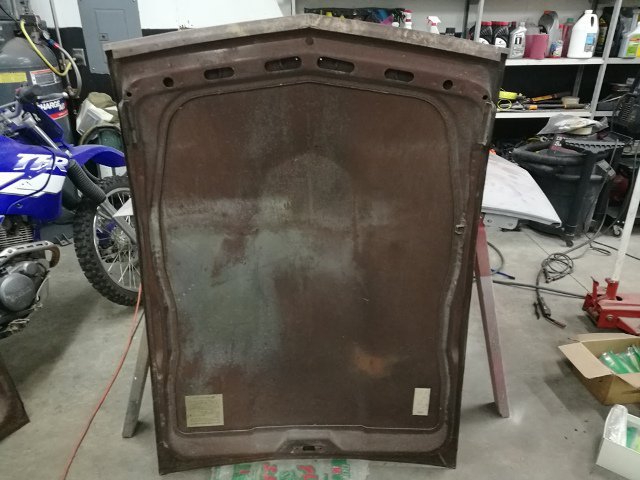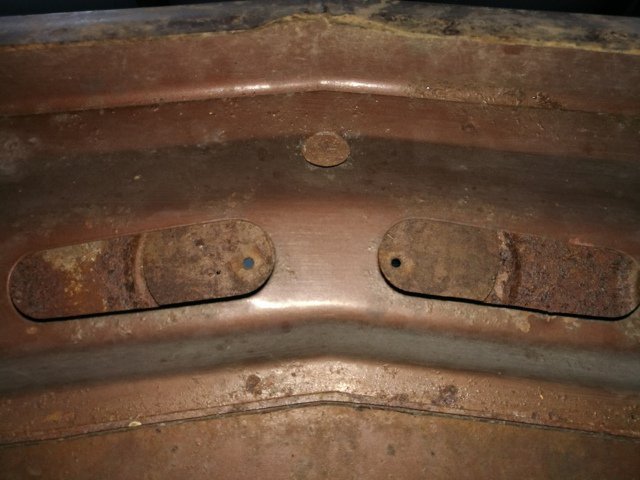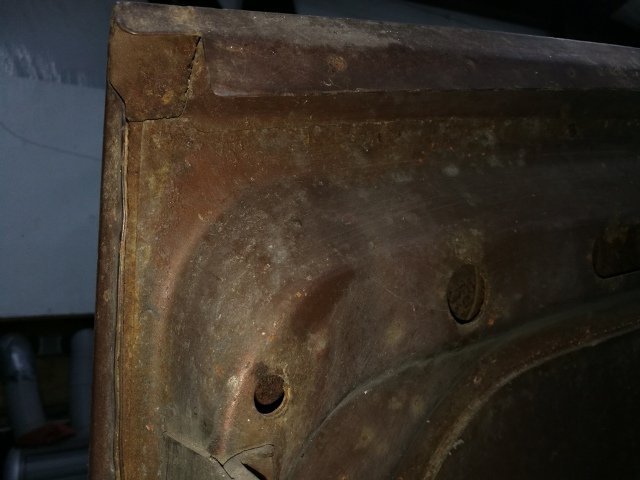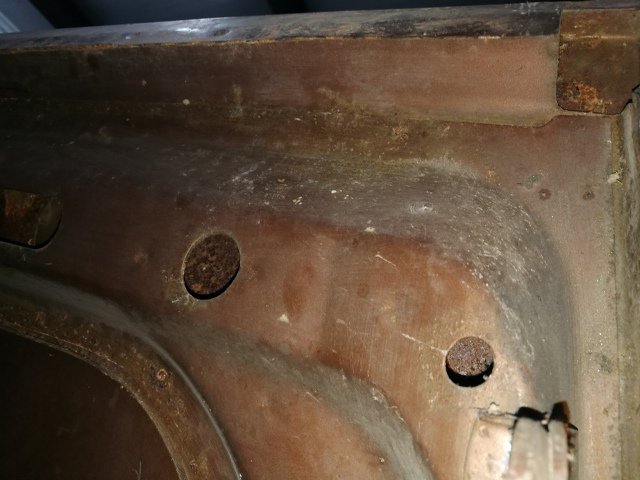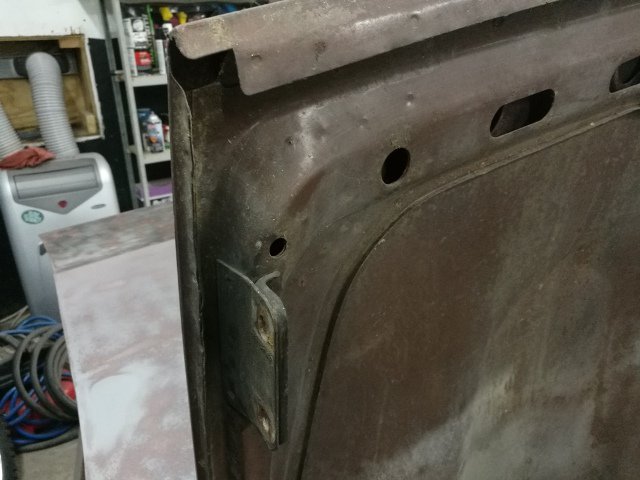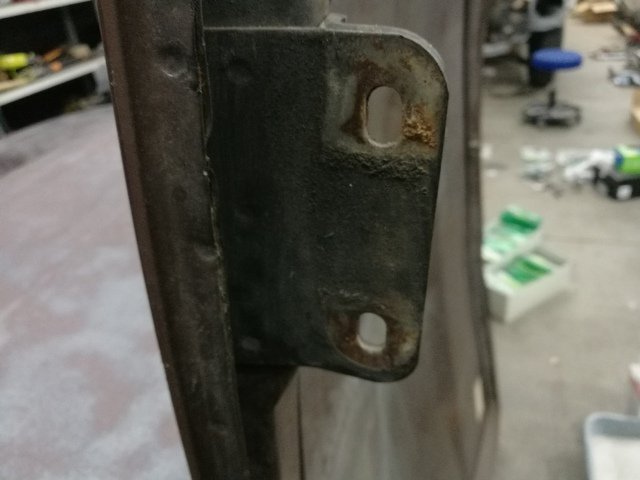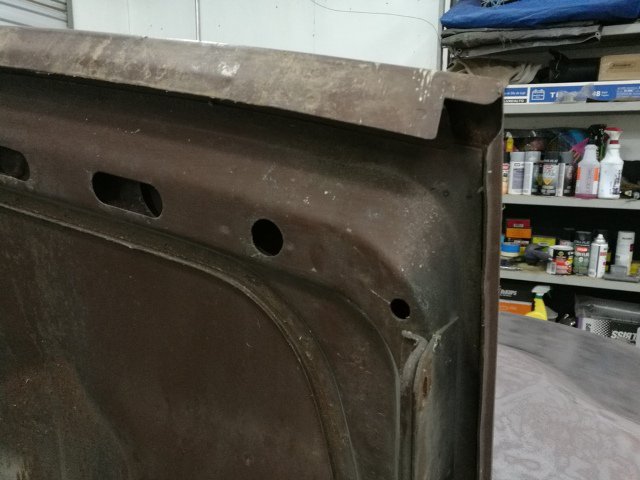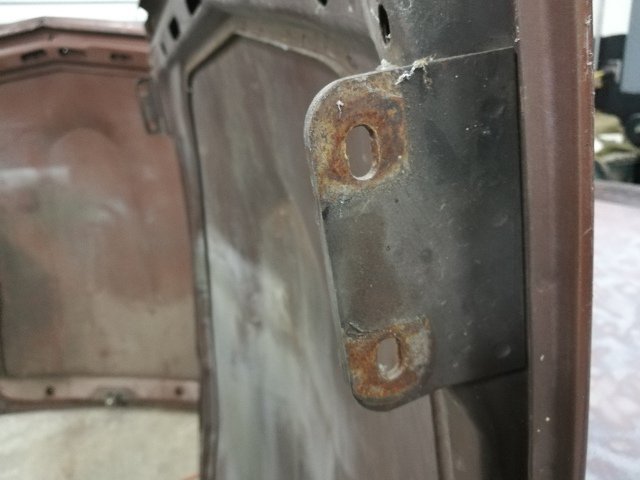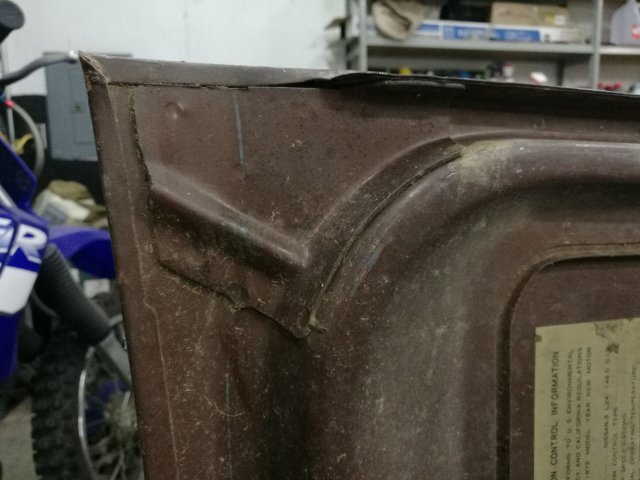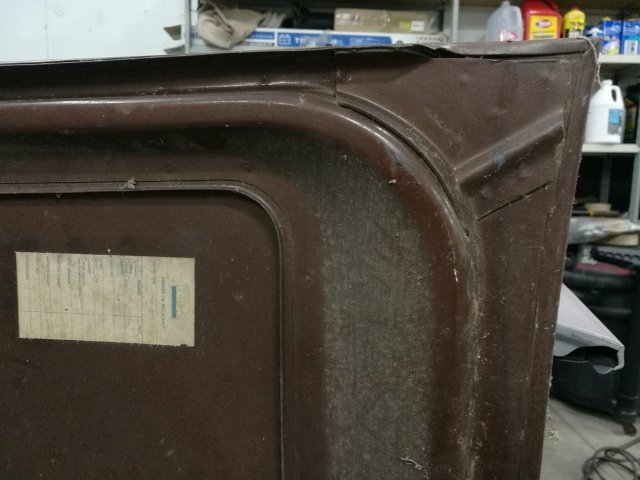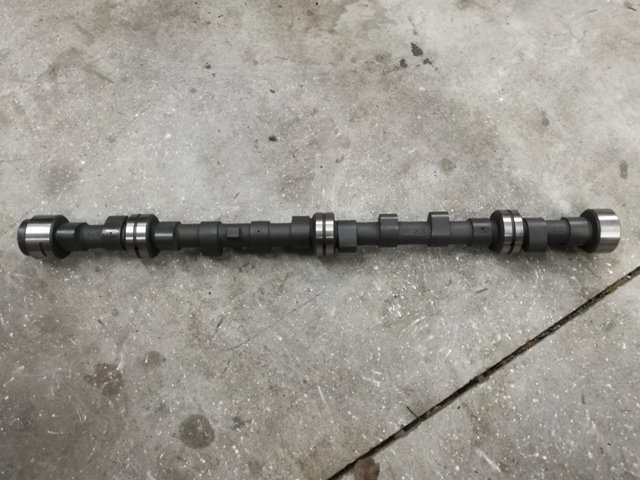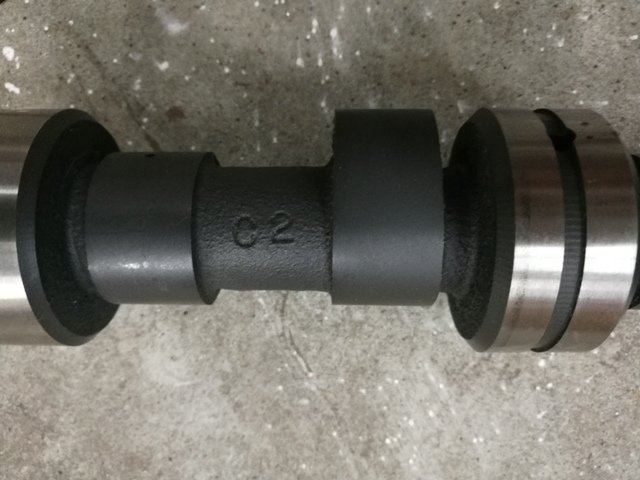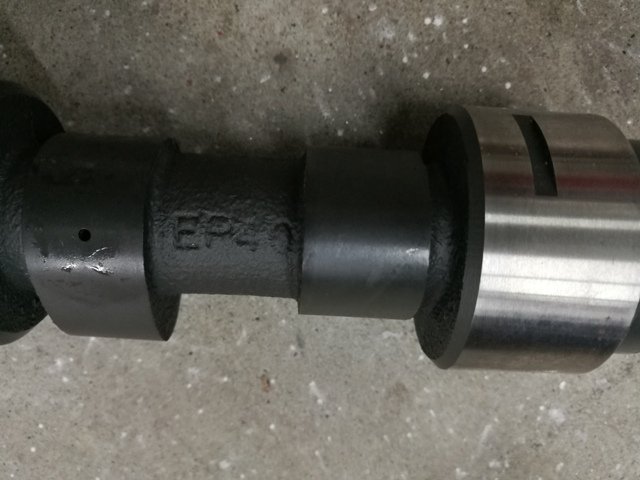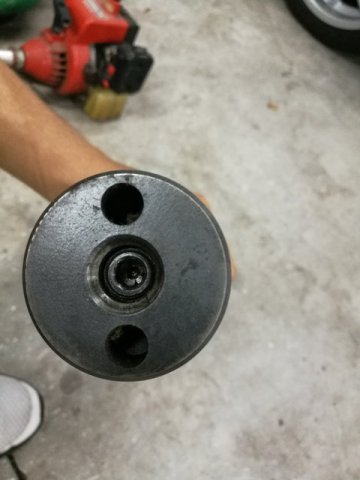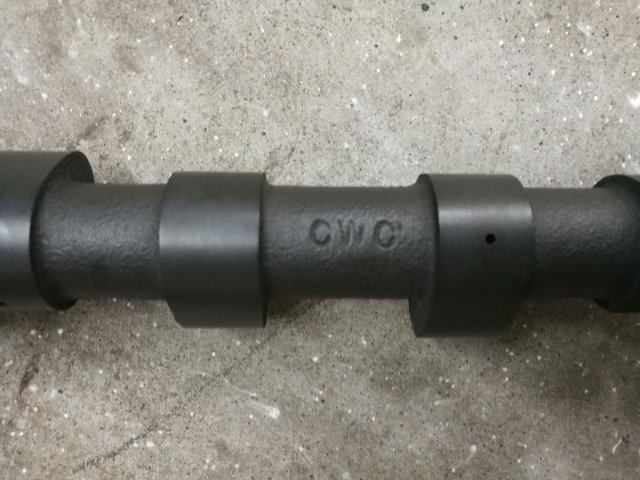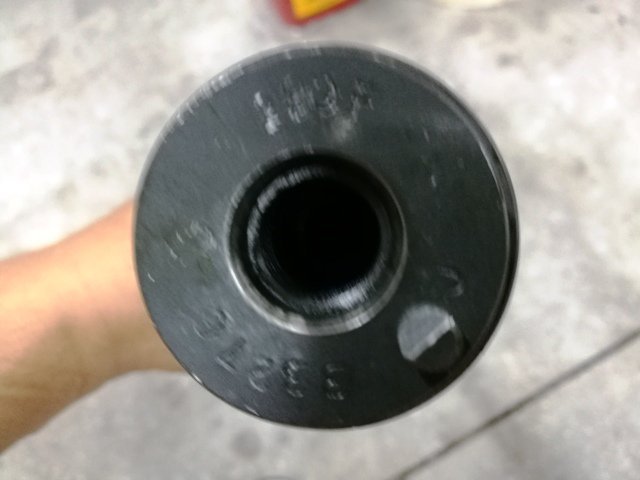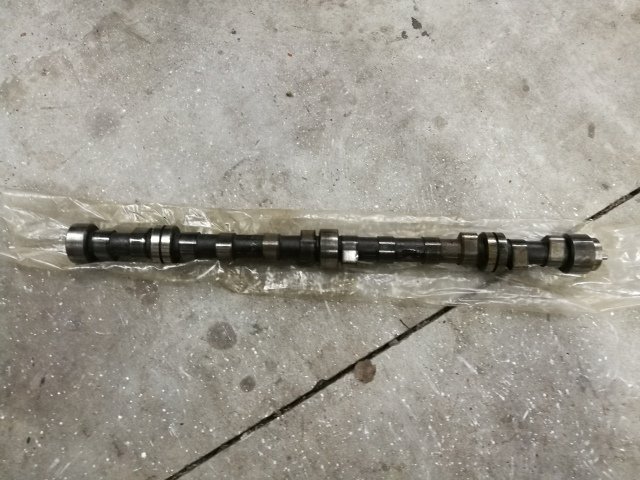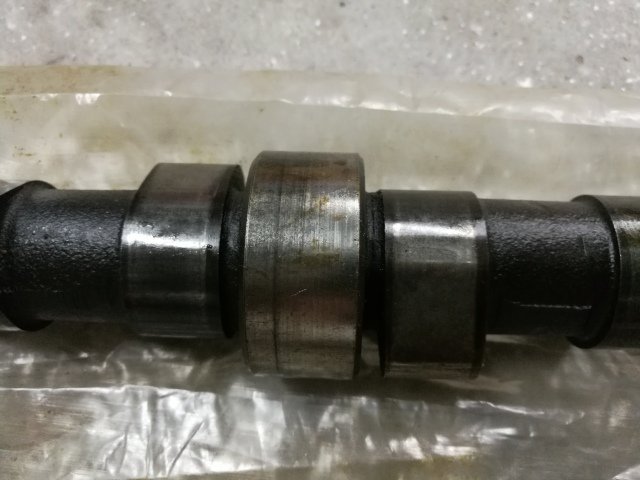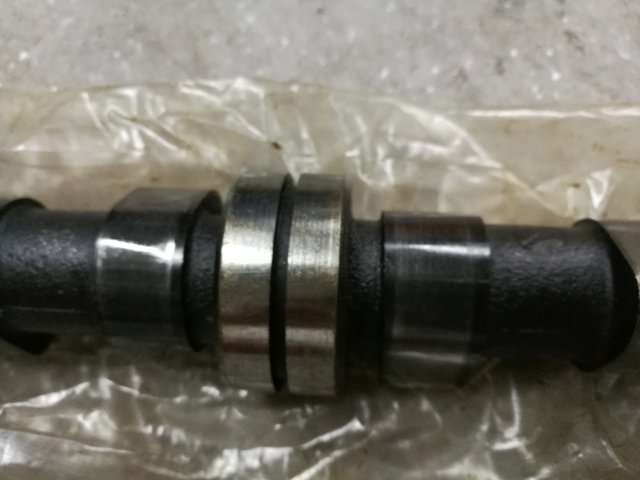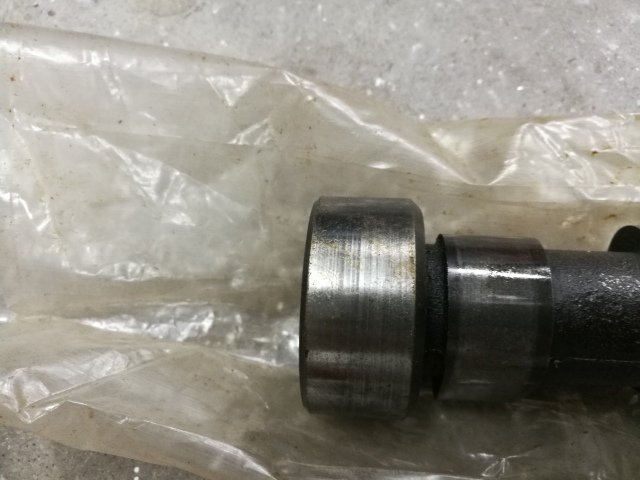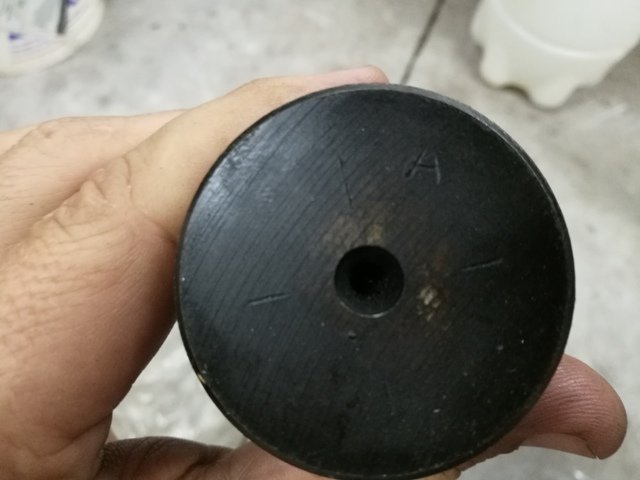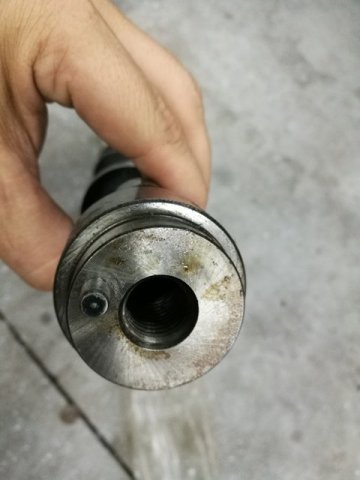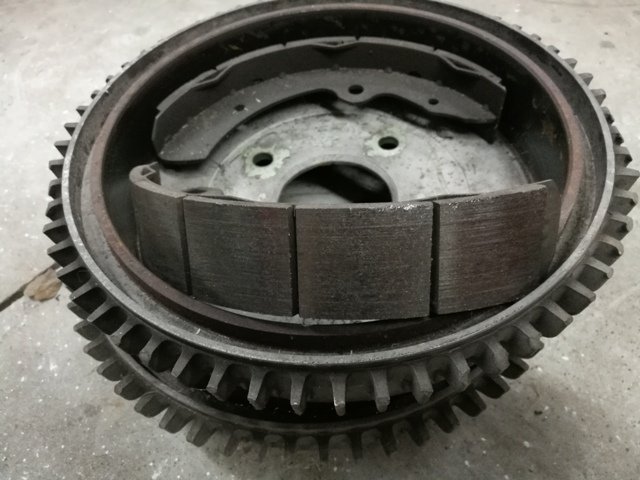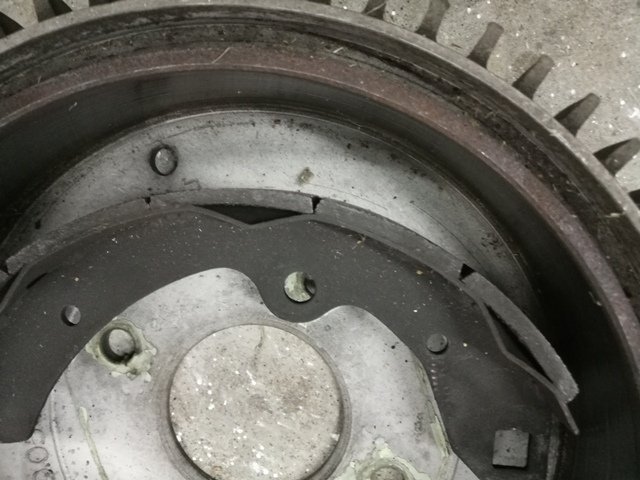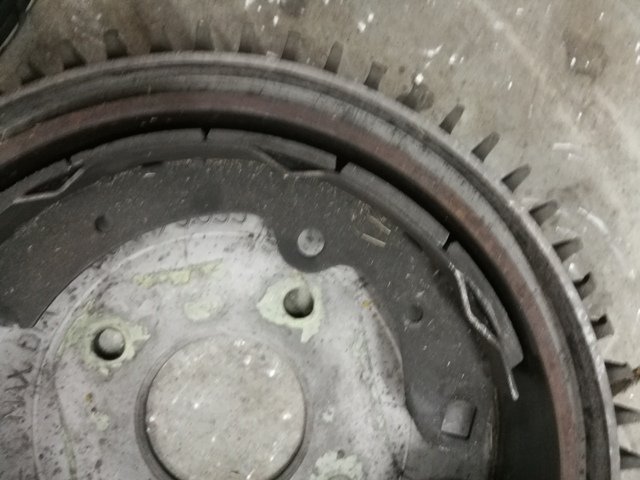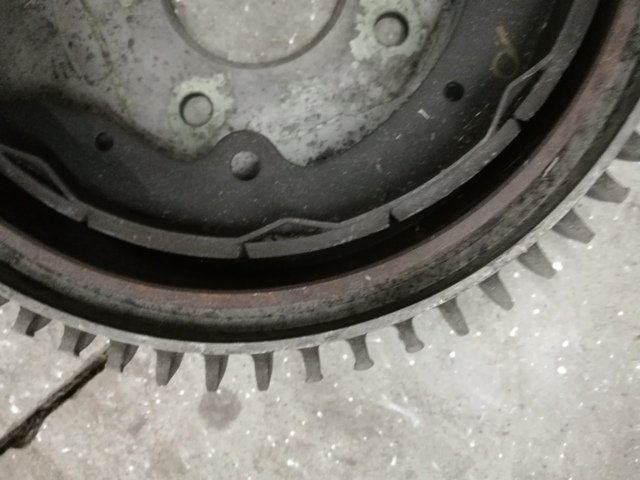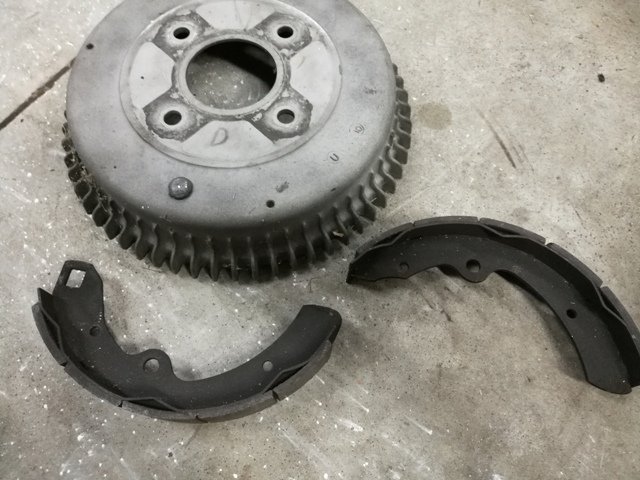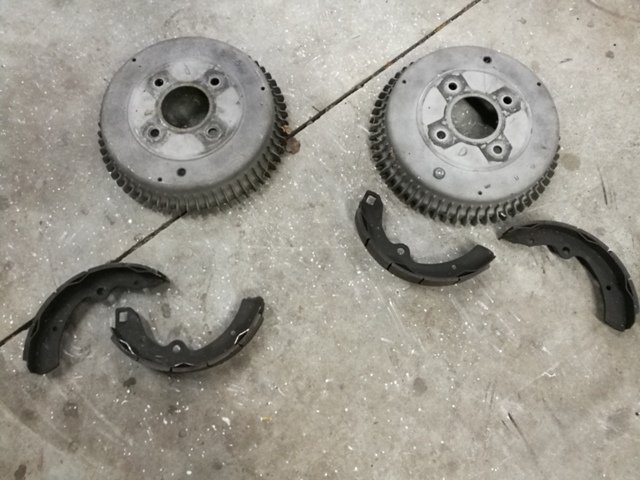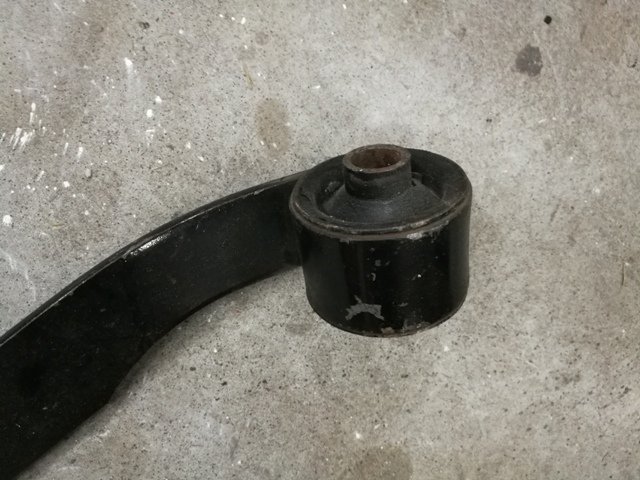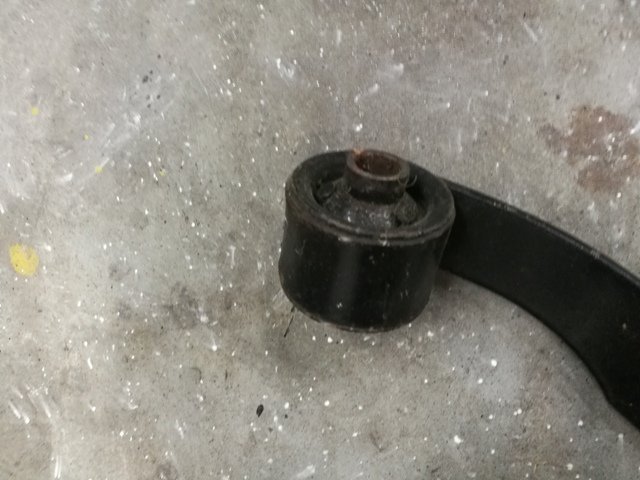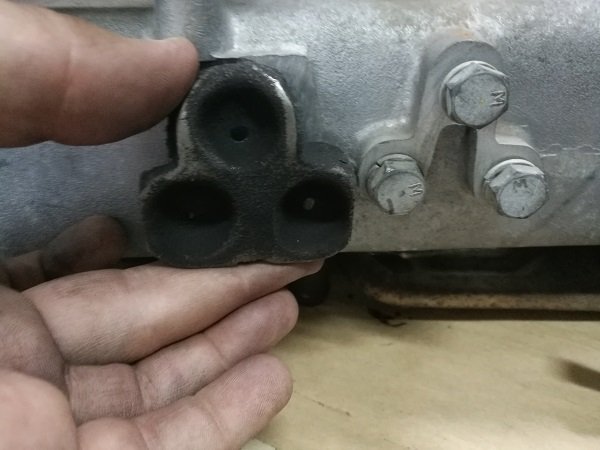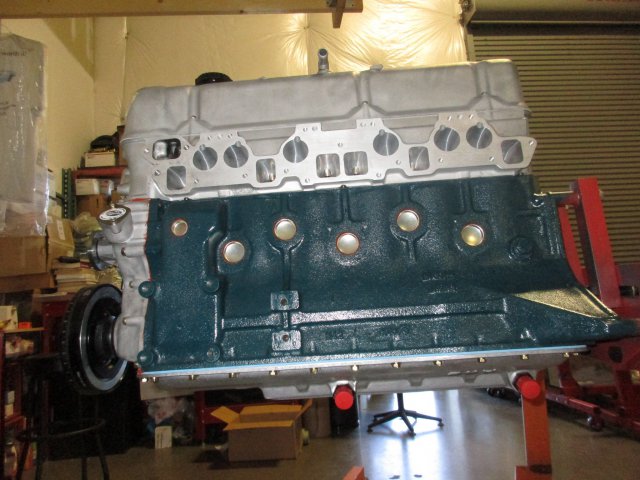-
Posts
470 -
Joined
-
Last visited
-
Days Won
6
Content Type
Profiles
Forums
Blogs
Events
Gallery
Downloads
Store
Everything posted by inline6
-

240 drums, racing brake shoes, rear sway bar, mustache bar
inline6 replied to inline6's topic in Parts for Sale
Sorry for the delay. I will pm you and we'll figure out final price with shipping. -

240 drums, racing brake shoes, rear sway bar, mustache bar
inline6 replied to inline6's topic in Parts for Sale
I still have them. -

240z body parts for sale - Atlanta area - *** all sold
inline6 replied to inline6's topic in Parts for Sale
Sorry, the fender was sold. -
Cam SOLD
-
Hi Rich, Just seeing this. I still have the cam. Let me know.
-
Anyone have a set of 6 titanium valves for an L-28? Let me know.
-

240z body parts for sale - Atlanta area - *** all sold
inline6 replied to inline6's topic in Parts for Sale
Did I get back to you on this? I don't think I did. Fender is still available. -

240 drums, racing brake shoes, rear sway bar, mustache bar
inline6 replied to inline6's topic in Parts for Sale
Bump - edited to remove rear sway bar which is sold. Reduced price on the Porterfield brakes. -
Resurrecting this one and reducing price to $200. I have a stock cam which is in excellent condition - different than the one in the pics above. I used the one in the pics - I sent it to Isky and had it reground. Price is $50 - I can ship directly to your cam regrinder. Let me know if you want pics.
-

240z body parts for sale - Atlanta area - *** all sold
inline6 replied to inline6's topic in Parts for Sale
Bump - and status update: Hood #2 is still available $300 Headlight housings (metal left and right) are still available - reduced to $80 each Fender still available $250 - see update pictures with sandblasted lower corner. Sold one hatch and I am holding onto the other one for now (I may need it after all). I have had pretty good luck shipping large items via Greyhound - much cheaper than FedEx or UPS. -

240z body parts for sale - Atlanta area - *** all sold
inline6 replied to inline6's topic in Parts for Sale
Hood #2 is still available. -

240z body parts for sale - Atlanta area - *** all sold
inline6 replied to inline6's topic in Parts for Sale
Hood #1 is spoken for... Hood #2 is available. Sure, send me a PM. -

240z body parts for sale - Atlanta area - *** all sold
inline6 replied to inline6's topic in Parts for Sale
I have a pending sale on one hood. The other is still available. One hatch sold. Other hatch no longer for sale (for now - I may need it). Headlight housings are still available - price drop $80 each. Fender still available - $250. I will sandblast the bottom where the rust is soon and post pics, then protect with some primer. -

240z body parts for sale - Atlanta area - *** all sold
inline6 replied to inline6's topic in Parts for Sale
I still have them. -

240z body parts for sale - Atlanta area - *** all sold
inline6 replied to inline6's topic in Parts for Sale
$100 each. I'll do free shipping for you going to MO. They are rust free, mounting studs and threads nice, no damage. Nice OEM parts. Can take more pics for you if you would like. Garrett -

240z body parts for sale - Atlanta area - *** all sold
inline6 replied to inline6's topic in Parts for Sale
Updated original post - basically one hatch sold, one hatch no longer up for sale, everything else still available. -

240z body parts for sale - Atlanta area - *** all sold
inline6 replied to inline6's topic in Parts for Sale
Updating with some pics of the hoods - this is hood #1 from desert climate - not even surface rust inside the front structure. The mounting holes have been slotted by someone which I didn't notice until taking pics. I have come across that before on another hood - it's an easy fix (mig weld and file) - $300 *** edit SOLD, and pics removed Hood number #2 - very straight, some light surface rust inside of frame. Acquired in Virginia in the early 90's from a 1972 240z and stored inside since then. *** $300 and still available -

240z body parts for sale - Atlanta area - *** all sold
inline6 replied to inline6's topic in Parts for Sale
Based on looking online, the Nissan hatches are the same from around mid 1971 to 1978. https://zcarsource.com/hatch-240z-260z-280z-71-5-78-coupe-used The thing about hatch number 2 is that the defrost grids are vertical. From more researching online, I believe hatch #2 is from a car made between 1/1971 and 1/1972. https://zhome.com/History/New71Late.htm https://zhome.com/History/DesignChanges.htm Why don't I take some more pictures of it and get back to you. You can compare to yours and see. -
I have the following for sale - these parts lived in a dry climate and have been in storage for many years: Two 240z hoods. Both are OEM and in very good condition with no rust. If you would like more pictures, I can get them for you. ***Edit many more pics of hoods below. These are both available (11/7/2018) hood 1 $300 *** Edit - SOLD and pics removed hood 2: $300 *** Edit - SOLD and pics removed Two 240z tailgate/hatches. Not aware if there are any aftermarket versions of these - these are OEM. Both of these have the original Nissan glass as well. Tailgate/Hatch #1 (slight damage to rear edge) $150. *** Edit - Hatch #1 is SOLD (11/7/2018) This first one has horizontal defrost lines. I do not know if the defrost grid is functional. The lines look to be in good condition. The glass is in excellent condition. No significant rust anywhere. One piece of stainless trim has a mark: Tailgate/hatch 2 $250: *** Edit: This one is no longer for sale for now - I may need it for my car (11/7/2018): This one is complete with original Nissan glass, stainless trim, and a white inner trim panel. This hatch came to me via the Denver area, and has no rust. I can get more pics. 240z fender - passenger side $250 - OEM part *** Edit - SOLD and pics removed Straight, very little rust (only in the bottom corner): This part came to me from the Denver CO area - no accident damage. Does not come with the headlight housing which is currently attached to it in the pictures. That is also for sale however. Headlight housings - metal (left and right) *** *** Edit - SOLD and pics removed All mounting studs straight and intact with nice threads. $100 each: Again, happy to provide additional pictures.
-
Price drop - Now $250 for the 495"/290 degree cam. Stock cam is still available ($50) - I can ship directly to your cam regrinder.
-
Brand new Schneider camshaft with mods. This one has been nitrided and has been drilled, tapped and an hex head type npt plug installed in the back. Current price is $275 at Schneider (not nitrided and no allen/hex plug in back): http://schneidercams.com/290F_L6.aspx $300 plus regular Fed Ex shipping to your destination. Sorry this picture is blurry - but the top has "290F": Stock, OEM datsun "A" cam for use with a spray bar (not internally drilled). Can be used after cleaning off the cosmoline (it has been coated) and polishing the journals, or this is a good cam core for a regrind. $50 plus reg Fed Ex shipping to your destination:
-
I have a few 240z "rear" items for sale. Add regular Fed Ex shipping to all prices: Drum brakes which are in good condition. OEM aluminum brake drums with shoes which have the Porterfield R4 compound - quite suitable for track use - not great for street use. Near full amount of material is on the shoes. Drums do not need machining to run - not hot spots and liner surfaces not out of round. They are within maximum diameter, I can measure and get back to you if you need that dimension. Shoes have been marked/labeled and kept associated with the drums in which they ran. These are bedded and ready to install. Make your next track day better with these vs. stock. $125 plus shipping. Mustache bar for R180 differential. In good condition - $40 plus shipping.
-
I bought a couple of N42 engines out of a salvage yard a while back and today, while I was getting ready to sell some parts, I found this thing rattling around inside the N42 intake manifold. Anyone know what it is and its purpose? It appears that it was inside the manifold and somehow attached originally to the aluminum bosses that correspond to these three bolts on the outside. Garrett
-
I just heard back from Sandy Armstrong at ARE. "Garrett, Well, you have pointed out an error both in our catalog as well as on the internet....We have changed our 1120 pan to not have the full trough but to have rack clearance. So the way we manufacturer those now is like the one on the engine that you sent. Thanks for pointing that out I will get a new picture uploaded on the web site." So, the "new" ARE pan has more clearance at the rack. I'll buy one and figure out how much lower the engine can go.
-
Been a while, but I was revisiting this topic and came across this picture on the Datsun Spirit site. This ARE sump pan appears to be a different design than the one shown on the ARE website. Can anyone confirm that the ARE pan has been redesigned so the "trough" (low part of the casting) is no longer running the full length of the pan? This design pictured would allow the engine to be dropped without interfering with the steering rack. I'll ask ARE and report back.

